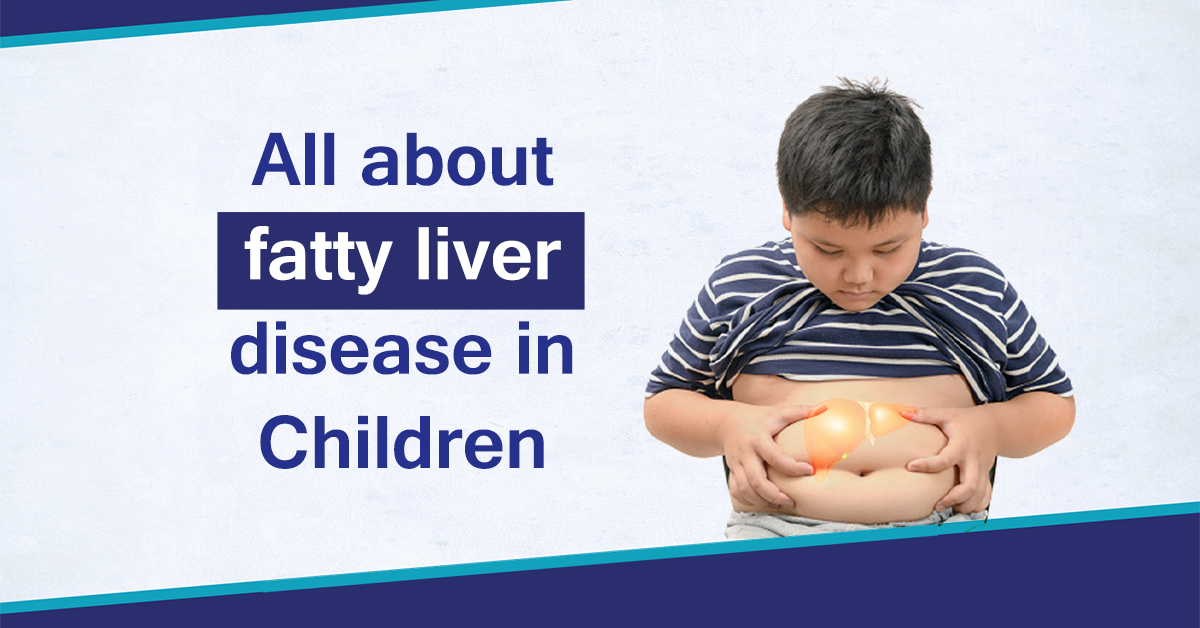Pravin Patole (Transplant Year: 2021)
Treatment : Liver Transplant
Saket Khadakkar (Transplant Year: 2021)
Treatment : Liver Transplant
Pravin Patole (Transplant Year: 2021)
Treatment : Liver Transplant
Saket Khadakkar (Transplant Year: 2021)
Treatment : Liver Transplant
Pravin Patole (Transplant Year: 2021)
Treatment : Liver Transplant
Saket Khadakkar (Transplant Year: 2021)
Treatment : Liver Transplant
Error: Contact form not found.

What is Pediatric Non-Alcoholic Fatty Liver Disease (NAFLD)?
NAFLD is a group of diseases that all start with a buildup of fat in the liver. If the disease progresses, the liver becomes inflamed or irritated, resulting in the formation of scar tissue (fibrosis). The disease is also referred to as NASH (non-alcoholic steatohepatitis). Cirrhosis occurs if the fibrosis is severe, and the liver may function poorly.
What are the risk factors for developing pediatric NAFLD?
The majority of NAFLD patients are in their early teenage years. NAFLD, on the other hand, is becoming more common in young children. Males are twice as likely as females to develop NAFLD, and Hispanics are more likely than non-Hispanic whites or blacks to develop it. Obese children are the ones that are most likely to develop NAFLD. You’re more likely to develop NAFLD if you have type 2 diabetes or pre-diabetes, metabolic syndrome, or hyperlipidemia.
What are the symptoms of pediatric NAFLD and how will my doctor diagnose it?
Children with NAFLD are often asymptomatic. During a regular well-child check-up, a doctor may find abnormal blood tests in this case. Right-sided abdominal pain, weakness, and constipation are common in young children. On examination, doctors may find obesity, especially around the waist, an enlarged liver, acanthosis nigricans, a dark discolouration on the back of the neck and armpits, or the exam may be completely normal.
Your doctor may advise blood tests to check for elevated liver enzymes to diagnose paediatric NAFLD. They can also check for prediabetes and hyperlipidemia, as well as rule out viral hepatitis, autoimmune hepatitis, and Wilson’s disease as causes of liver disease. An abdominal ultrasound can be used to look for fat deposition in the liver. A liver biopsy is the only way to know for sure whether you have NAFLD. This test will tell your doctor whether you have NAFLD and how serious the condition is.
What causes NAFLD?
The precise cause(s) of paediatric NAFLD is unclear at this time. It’s most likely the result of a variety of factors, including a genetic predisposition as well as environmental causes that promote insulin resistance and the accumulation of particular fats in the liver. Activation of immune cells and oxidative stress may cause long-term liver damage.
What can I do if I have NAFLD?
There is currently no treatment for this disorder. Many drug trials for NAFLD are currently ongoing, with the hope of finding successful treatments in the future. NAFLD is best handled by losing weight gradually, at a rate of about 1 pound per week. According to studies, losing only 10% of one’s body weight will benefit many children with liver disease. This can be accomplished by a combination of exercise and dietary modifications. A realistic target is to exercise for at least 30 minutes three to five days per week. Exercise not only aids in the burning of stored calories but also helps to boost the body’s metabolism. Breakfast should be eaten daily as part of a well-balanced diet. Sugary drinks should be avoided, and lean meats, poultry, and fish, as well as fresh fruits and vegetables and whole grains, should be consumed.

Transplantation is a treatment, not a cure. A kidney is an organ that filters waste from the blood and other fluids, and thereby removes it from the body in the form of urine....
Transplantation is a treatment, not a cure. A kidney is an organ that filters waste from the blood and other fluids, and thereby removes it from the body in the form of urine....